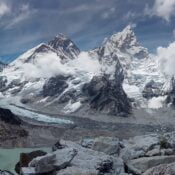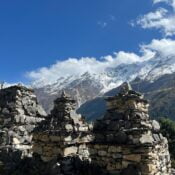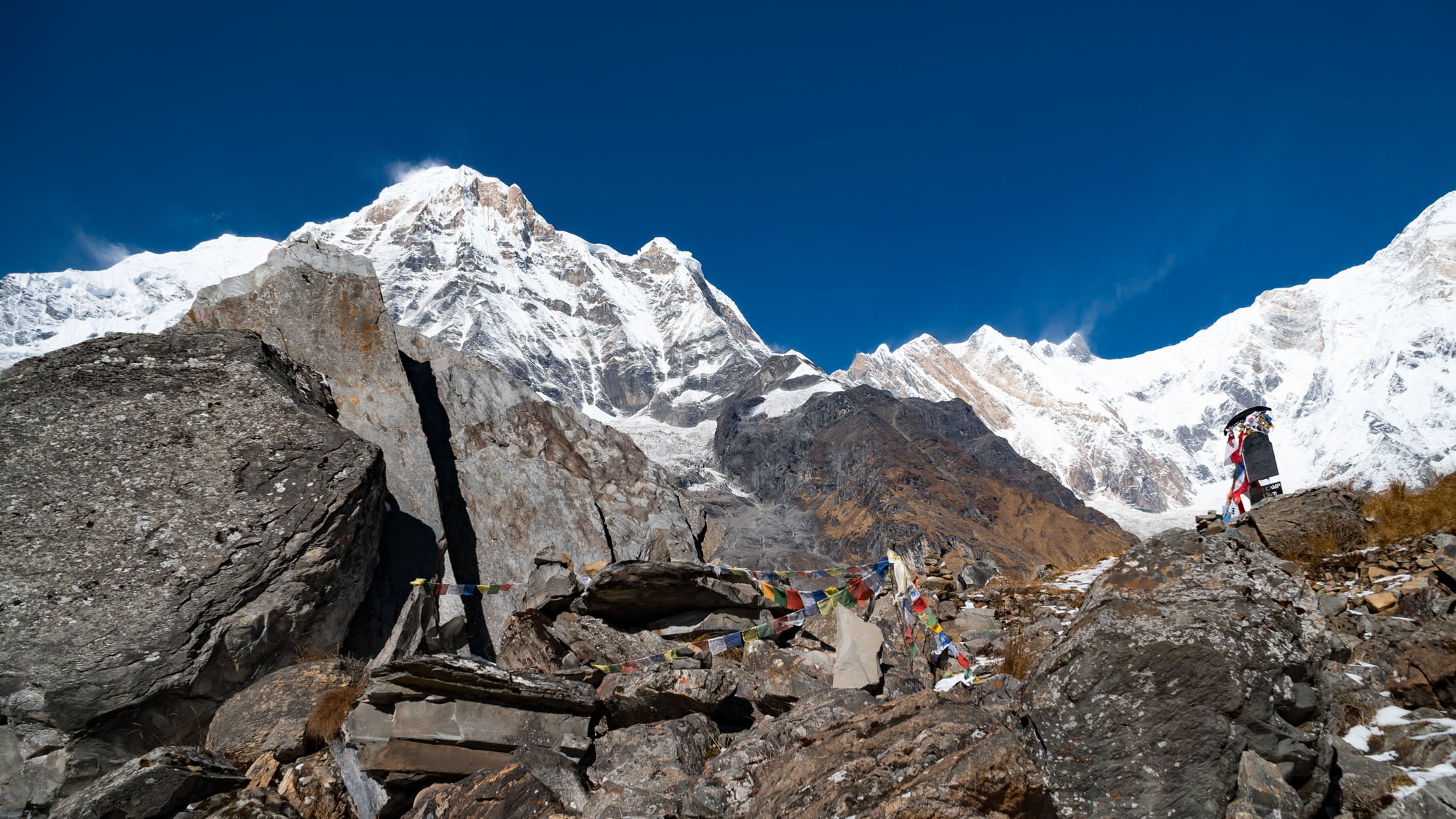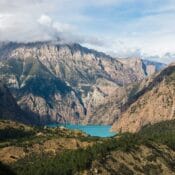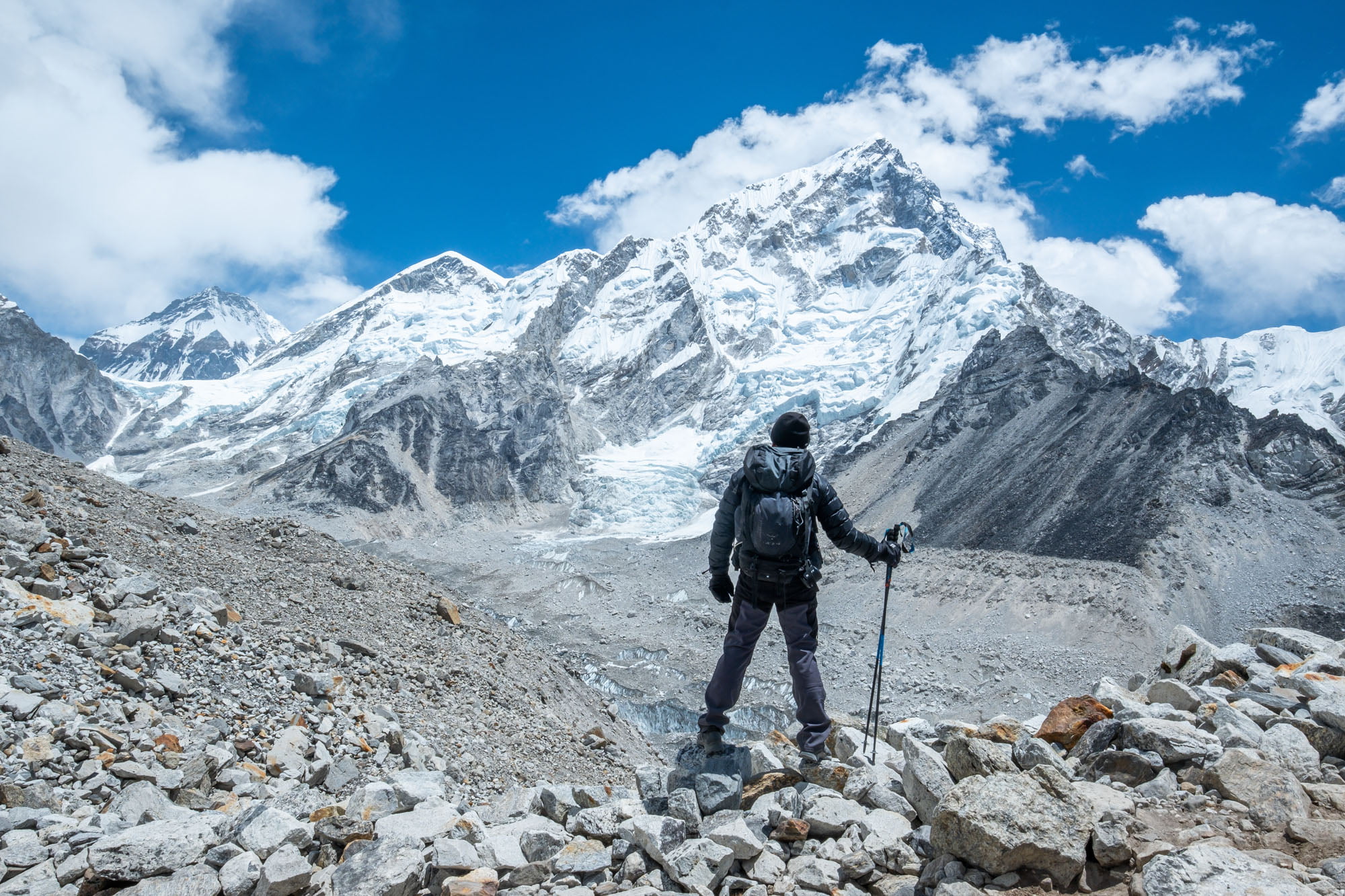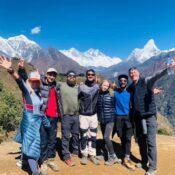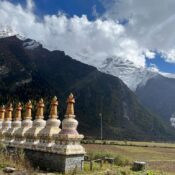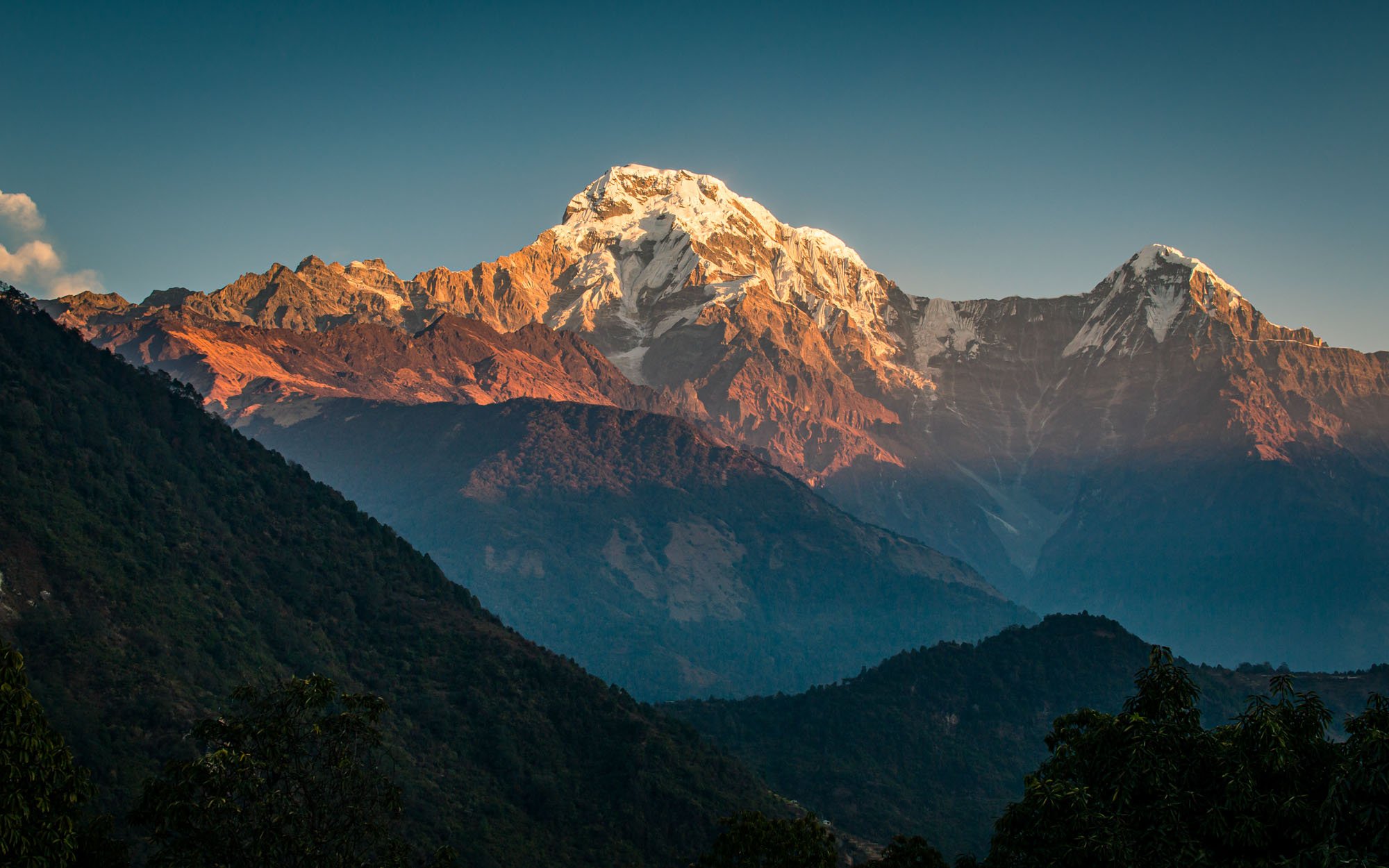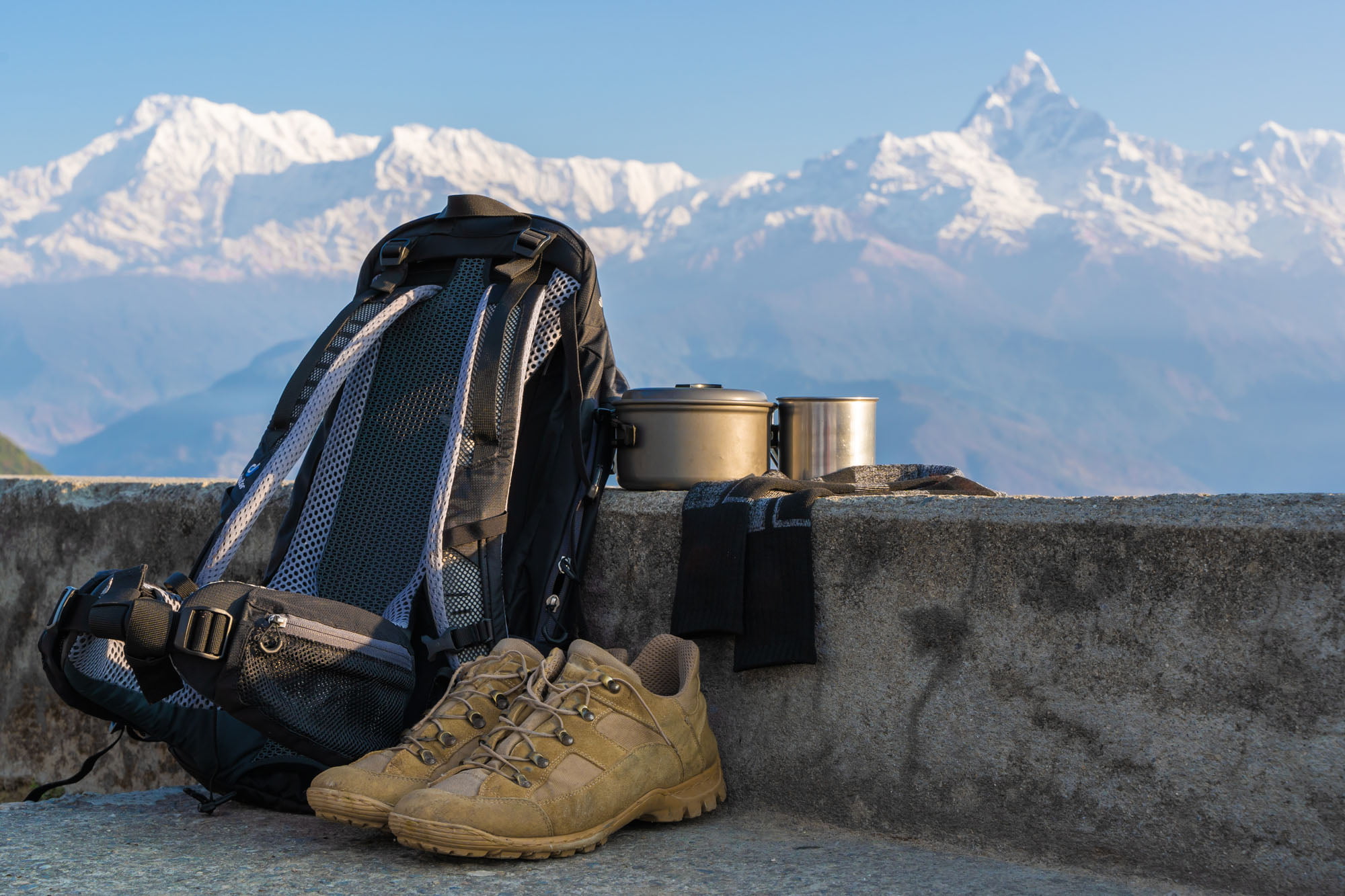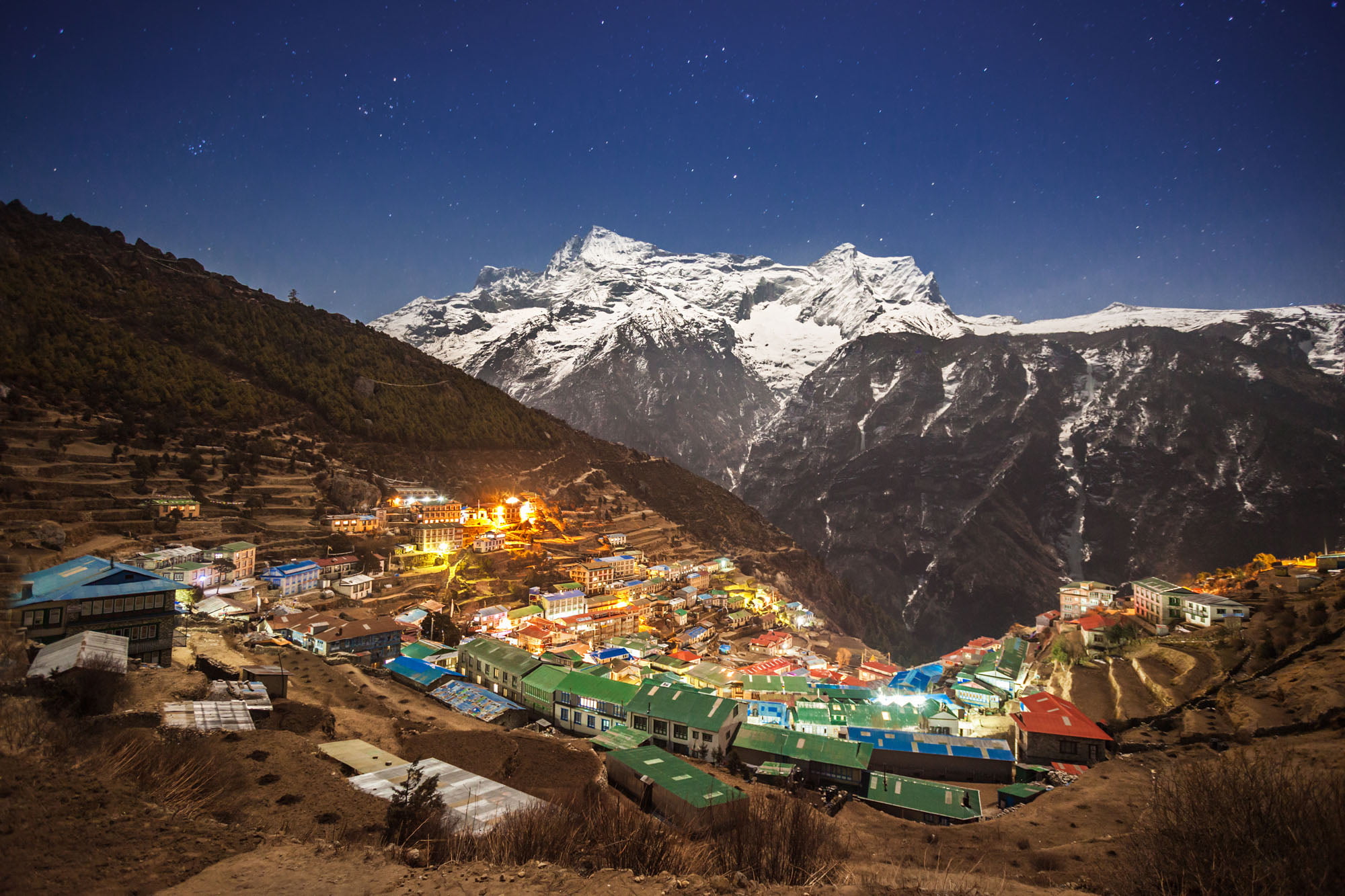How to Acclimate for High-Altitude Treks: A Guide for Trekkers
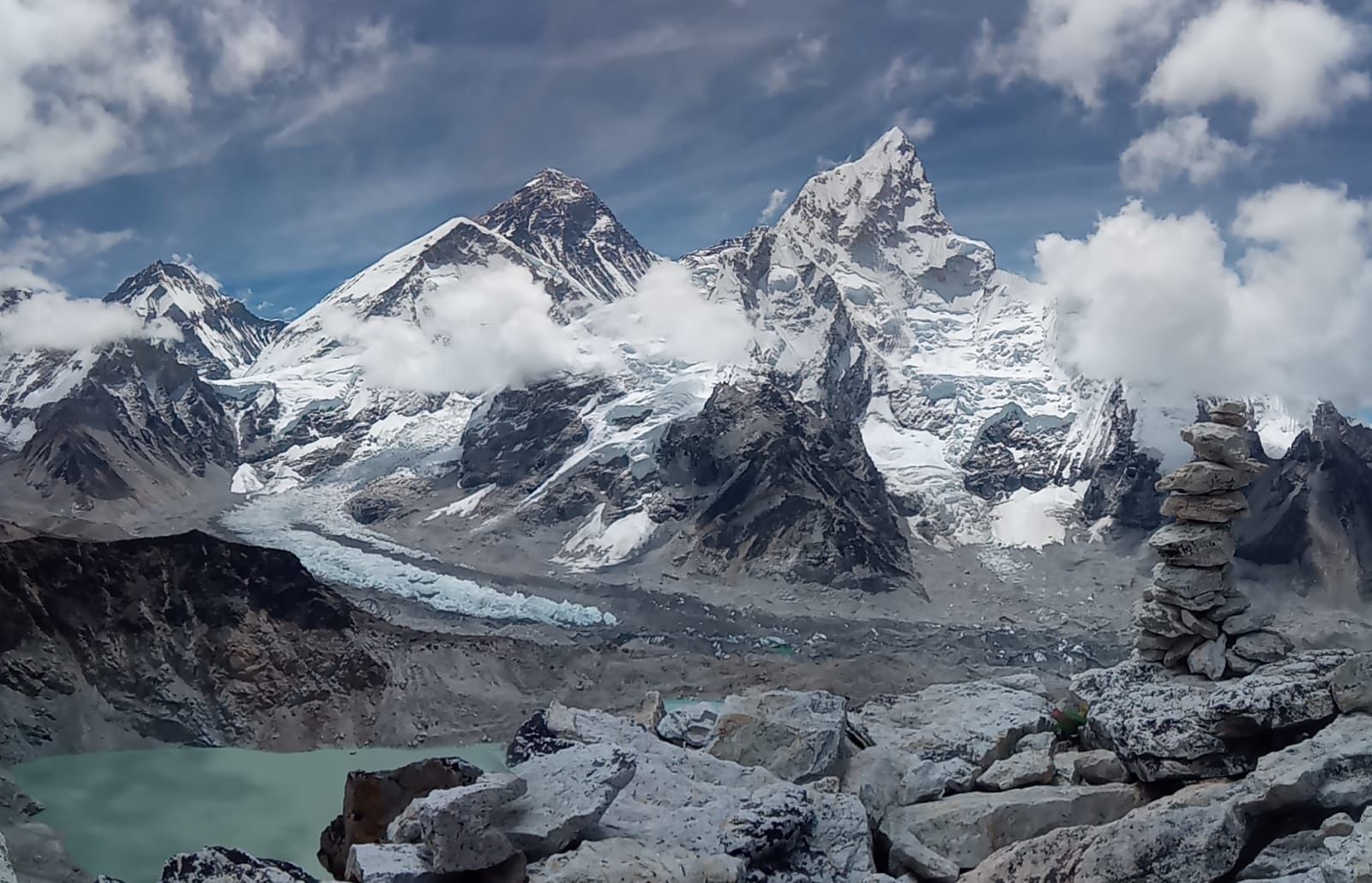
Trekking at high altitudes, such as in the Himalayas, presents unique challenges, the most significant being the reduced oxygen levels. Proper acclimatization is essential to ensure a safe and enjoyable trekking experience. This guide will explain what acclimatization is, why it is necessary, and how to prepare for high-altitude treks in Nepal.
What is Acclimatization?
Acclimatization is the process by which the body gradually adapts to lower oxygen levels at higher altitudes. As you ascend, the air becomes thinner, and the amount of oxygen available decreases. This can lead to altitude sickness if the body does not adjust properly. The process of acclimatization helps the body produce more red blood cells, improving oxygen transport and allowing you to function effectively at high elevations.
Why is Acclimatization Necessary?
Without proper acclimatization, trekkers risk developing Acute Mountain Sickness (AMS), which can escalate into more severe conditions like High Altitude Pulmonary Edema (HAPE) or High Altitude Cerebral Edema (HACE). Symptoms of altitude sickness include headaches, dizziness, nausea, loss of appetite, and shortness of breath. Severe cases can be life-threatening, making acclimatization crucial for high-altitude trekking.
How to Acclimate for High-Altitude Treks?
1. Gradual Ascent
One of the best ways to acclimate is to ascend gradually. Experts recommend not gaining more than 500 meters (1,640 feet) in sleeping elevation per day above 3,000 meters (9,842 feet). Treks in Nepal, like the Everest Base Camp (EBC) trek or the Annapurna Circuit, often include rest days to allow for proper acclimatization.
2. Hydration is Key
Drinking plenty of water is essential at high altitudes. Dehydration can exacerbate the symptoms of altitude sickness, so aim for at least 3-4 liters of water per day. Avoid alcohol and caffeine, as they contribute to dehydration.
3. Follow the “Climb High, Sleep Low” Strategy
This technique involves trekking to a higher altitude during the day but descending to a lower altitude to sleep. This helps the body gradually adjust to reduced oxygen levels needed to acclimate for high-altitude treks.
4. Listen to Your Body
If you start experiencing symptoms of altitude sickness, do not ignore them. Take extra rest days if needed, and never ascend further until symptoms subside. If symptoms worsen, descend immediately to a lower altitude.
5. Maintain a Balanced Diet
Eating high-energy foods rich in carbohydrates helps provide the energy needed for trekking. The body uses carbohydrates more efficiently at high altitudes, so include foods like rice, pasta, and potatoes in your diet, needed to acclimate for high-altitude treks..
6. Consider Acclimatization Medications
Some trekkers take medications like Acetazolamide (Diamox) to help with acclimatization. Consult a doctor before using any medication, as they may have side effects.
7. Stay Active but Don’t Overexert
Light physical activity helps with acclimatization, but pushing yourself too hard can be counterproductive. Maintain a steady pace, and avoid overexertion.
Trekking to High Altitudes in Nepal
Nepal is home to some of the world’s most renowned high-altitude treks, making acclimatization essential for a successful adventure. Here are some popular trekking routes where proper acclimatization is critical:
- Everest Base Camp (5,364m) – Requires acclimatization days in Namche Bazaar (3,440m) and Dingboche (4,410m).
- Annapurna Circuit (5,416m at Thorong La Pass) – Involves gradual ascent through varied terrain.
- Manaslu Circuit (5,106m at Larkya La Pass) – Offers breathtaking high-altitude trekking.
- Upper Dolpo Trek (5,151m at Kang La Pass) – Remote and challenging, requiring excellent acclimatization.
- Langtang Valley Trek (4,984m at Tserko Ri) – A moderate trek but still requires gradual altitude gain.
Final Thoughts
Acclimatization is the key to a successful high-altitude treks in Nepal. By following a gradual ascent, staying hydrated, eating well, and listening to your body, you can minimize the risks of altitude sickness and enjoy a safe and unforgettable trekking experience. Whether you’re heading to Everest Base Camp, Annapurna Circuit, or any of Nepal’s stunning high-altitude trails, proper preparation and acclimatization will help you reach new heights with confidence. Happy trekking!


